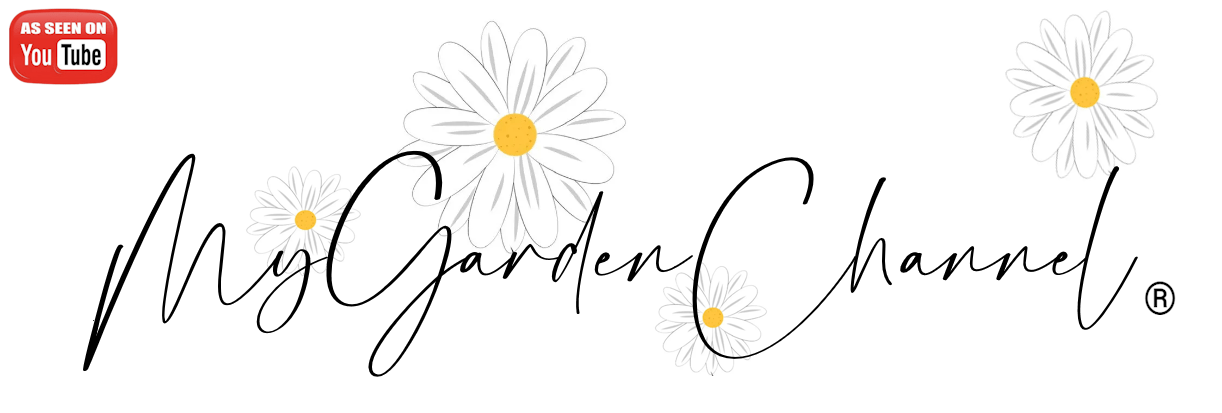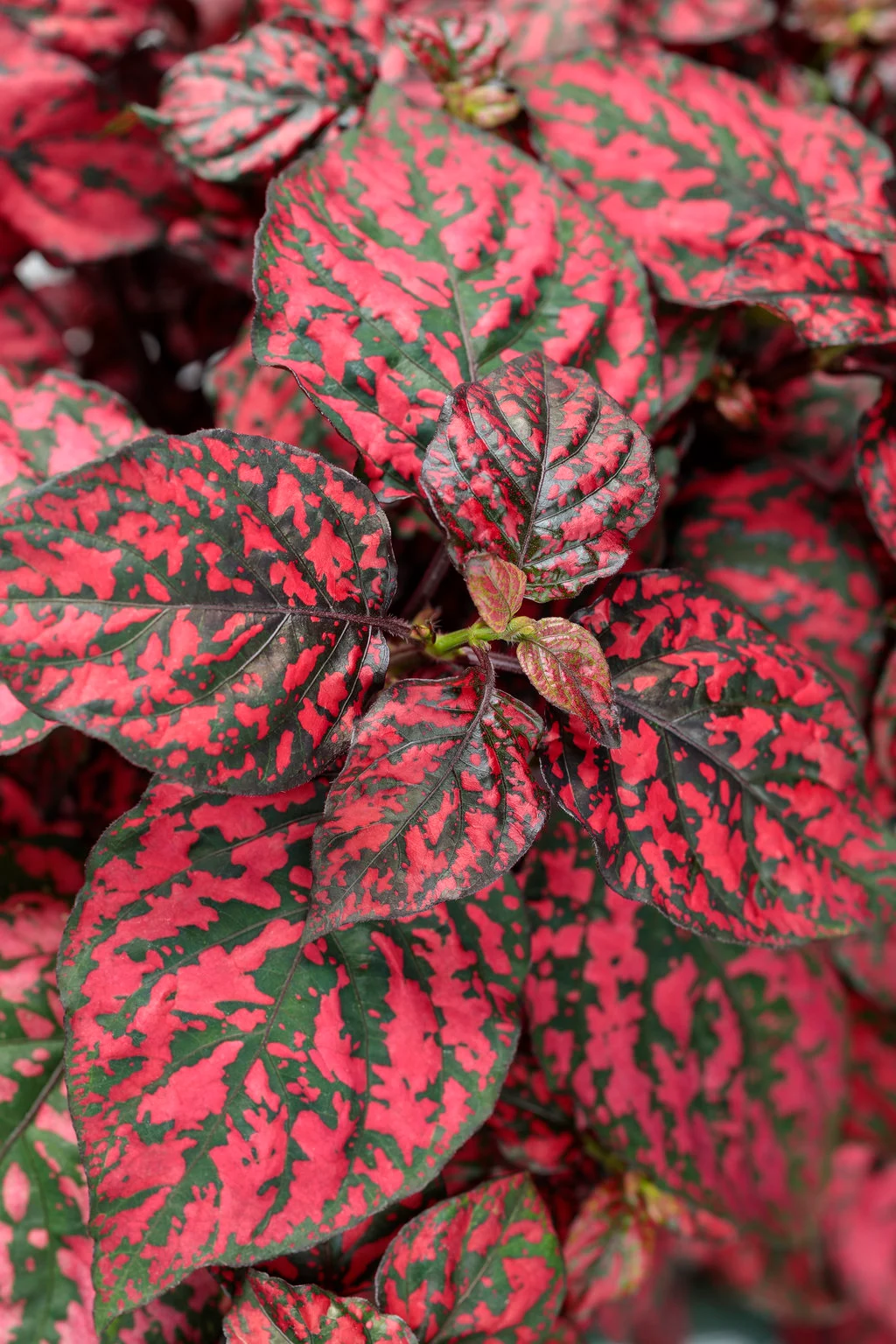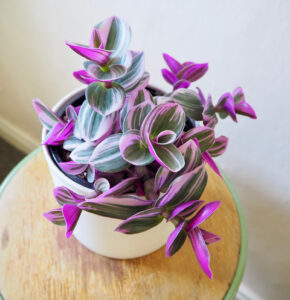he Red Polka Dot Splash Plant, often referred to by its scientific name Hypoestes phyllostachya, is a colorful, decorative houseplant renowned for its vibrant, eye-catching foliage. This plant, commonly known as the Polka Dot Plant, gets its name from the unique pattern of contrasting spots or splashes of color (typically red, pink, or white) on its leaves. The plant’s colorful leaves, combined with its compact growth habit, make it an ideal choice for both indoor and outdoor decorative use.
Below is a comprehensive guide to growing, caring for, and maintaining the Red Polka Dot Splash Plant.
1. Overview of Red Polka Dot Splash Plant
The Red Polka Dot Splash Plant is a variety of the Hypoestes phyllostachya species, which is part of the Acanthaceae family. While there are several varieties of polka dot plants available, the Red Polka Dot Splash Plant stands out due to its striking red-colored splashes across its bright green leaves.
The plant typically grows to a height of 1 to 2 feet (30 to 60 cm) and has a bushy, compact form. The polka-dotted pattern on the leaves gives the plant an ornamental appeal, making it popular in home decor and as an ornamental houseplant. The plant’s easy-care nature and vibrant appearance make it a great choice for gardeners, plant enthusiasts, and interior decorators alike.
2. Planting and Location
The Red Polka Dot Splash Plant is primarily an indoor plant, although it can be grown outdoors in warmer climates (USDA Hardiness Zones 10-11). It’s a great addition to indoor gardens, especially in areas that need a pop of color.
a. Choosing the Right Location
- Light Requirements: The plant thrives in bright, indirect light. Direct sunlight can scorch the leaves, especially the delicate ones with red spots. However, too little light will result in a lack of vibrant coloration and leggy growth. Therefore, place the plant in an area that gets plenty of indirect light throughout the day.
- Temperature: This plant prefers moderate temperatures between 60°F and 75°F (15°C to 24°C). It’s not frost-tolerant, so if you plan to grow it outdoors, ensure that temperatures stay warm year-round.
- Humidity: Red Polka Dot Splash Plants thrive in high humidity. If the air in your home is dry, consider placing the plant on a humidity tray or using a humidifier to maintain a moist environment. This will help the plant maintain its lush, healthy leaves.
3. Soil and Potting
The Red Polka Dot Splash Plant thrives in well-draining, rich, and fertile soil. You can use a high-quality potting mix that contains peat moss or perlite for proper drainage.
a. Soil Type
A slightly acidic to neutral soil (pH 6.0 to 7.0) is ideal for the plant. Ensure that the soil is loose and allows water to drain away easily to avoid root rot.
b. Potting and Repotting
The plant grows best in a pot with drainage holes, as this allows excess water to escape and prevents waterlogging. If the plant becomes root-bound in its current pot, it may need to be repotted every 1-2 years. When repotting, choose a pot that is just 1-2 inches larger in diameter than the current one, as the Red Polka Dot Splash Plant prefers slightly cramped conditions.
4. Watering the Red Polka Dot Splash Plant
Proper watering is crucial to the health of the Red Polka Dot Splash Plant. It’s essential to keep the soil evenly moist but not soggy. This plant does not like to dry out completely, nor does it tolerate standing water.
a. Watering Schedule
- In Spring and Summer: Water the plant regularly when the top inch of soil feels dry. During the warmer months, the plant may need watering once a week, or more frequently depending on the humidity levels and the size of the pot.
- In Fall and Winter: During the colder months, reduce watering as the plant’s growth slows down. Water only when the soil is dry to the touch, ensuring the plant is not overwatered.
b. Watering Tips
- Water deeply, ensuring that the water reaches the roots. Avoid water sitting in the saucer, as this can lead to root rot.
- Use room temperature water, as cold water may shock the roots and hinder growth.
- If you live in an area with hard water, it’s best to use distilled water or let tap water sit out overnight to reduce chlorine and salts before watering.
5. Fertilizing the Red Polka Dot Splash Plant
Like many houseplants, the Red Polka Dot Splash Plant benefits from regular feeding to support its growth and vibrant colors.
a. Type of Fertilizer
Use a balanced, water-soluble fertilizer that contains equal amounts of nitrogen, phosphorus, and potassium (e.g., 20-20-20). Alternatively, you can use a houseplant-specific liquid fertilizer diluted to half-strength.
b. Fertilizing Schedule
- During the Growing Season (Spring and Summer): Fertilize every 4-6 weeks to promote healthy growth and the development of colorful foliage.
- During the Dormant Season (Fall and Winter): Fertilizing is not necessary during the cooler months since the plant’s growth slows down. It’s best to cut back on feeding and resume fertilizing in the spring.
c. Signs of Overfertilization
If you overfertilize your plant, the leaves may become yellow or develop brown tips. In this case, flush the soil with water to help remove excess fertilizer salts.
6. Pruning and Maintenance
The Red Polka Dot Splash Plant has a bushy growth habit, and pruning can help maintain its compact form while encouraging denser growth.
a. Pruning
- Remove Dead or Damaged Leaves: Prune off any yellowing or dying leaves to keep the plant looking neat and healthy. This also prevents disease.
- Pinch Back for Fuller Growth: To encourage a bushier shape, pinch back the tips of the stems regularly. This will stimulate side branches and create a more compact, dense plant.
b. Propagation
You can propagate the Red Polka Dot Splash Plant through stem cuttings. Here’s how:
- Take Cuttings: Cut a healthy stem with at least two nodes (the sections between leaves).
- Prepare the Cutting: Remove the lower leaves, leaving a few at the top.
- Rooting in Water: Place the cutting in a glass of water, ensuring that the nodes are submerged but the leaves are above the waterline.
- Transplant to Soil: Once roots have developed (in about 2-3 weeks), transplant the cutting into a pot with well-draining soil.
7. Pests and Diseases
The Red Polka Dot Splash Plant is susceptible to a few pests and diseases, most of which can be controlled with proper care.
a. Common Pests
- Aphids: These small pests feed on the plant’s sap and can cause the leaves to curl or become distorted. Use insecticidal soap or neem oil to treat aphid infestations.
- Mealybugs: These white, cotton-like pests can weaken the plant by feeding on the sap. Remove them with a cotton swab dipped in rubbing alcohol, or spray the plant with insecticidal soap.
- Spider Mites: These tiny pests cause speckled or stippled leaves. Treat them with insecticidal soap or neem oil.
b. Common Diseases
- Root Rot: Overwatering or poor drainage can lead to root rot. Ensure your plant’s pot has proper drainage and only water when the soil is dry to the touch.
- Powdery Mildew: If your plant is too crowded or humidity levels are too high, it may develop powdery mildew. To prevent this, improve air circulation around the plant and avoid overhead watering.
8. Conclusion
The Red Polka Dot Splash Plant is an easy-to-care-for and visually striking houseplant that brings vibrant colors to any space. With its bright red splashes on green foliage, it’s a wonderful addition to indoor gardens, as well as a great gift for plant enthusiasts. By providing it with the right amount of light, humidity, and proper watering, you can enjoy its beauty year-round. With minimal maintenance, including occasional pruning and proper fertilization, the Red Polka Dot Splash Plant will thrive and continue to offer you its captivating appearance for many seasons to come.


